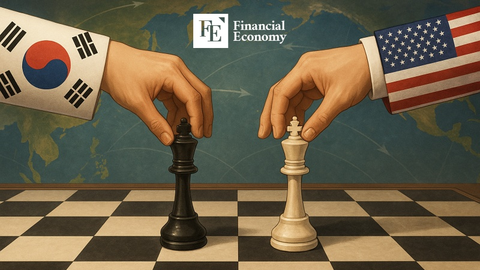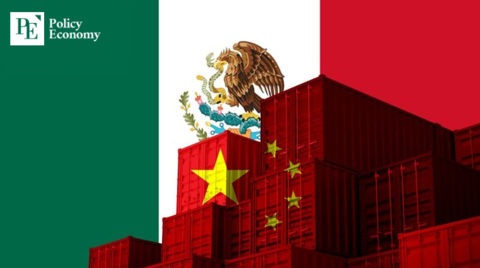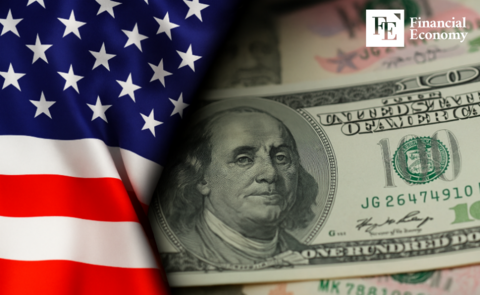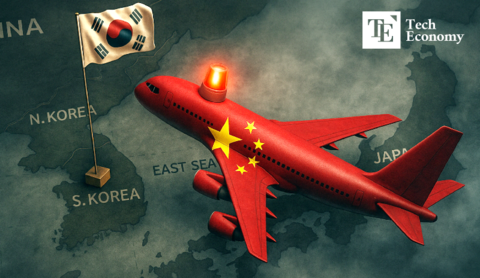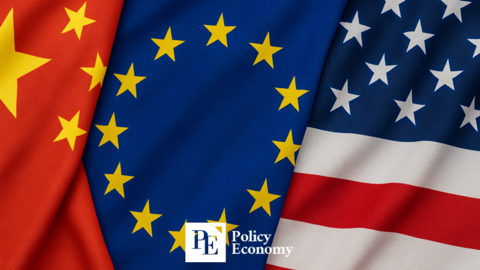Mexico Slaps 50% Tariffs on Chinese Automobiles, Accelerating Decoupling Under Trump’s Pressure
Input
Changed
High tariffs imposed on non-FTA countries Alignment with Trump administration’s hardline stance on China Move seen as blocking China’s windfall from U.S.-Mexico frictions

The Mexican government has decided to levy steep import tariffs on countries without a free trade agreement (FTA) with Mexico, including China and South Korea. While officially framed as a measure to protect domestic jobs, the decision is widely viewed as aligning with the Trump administration’s confrontational trade policy toward China.
Up to 50% on Automobiles: Tariff Shock for China
According to Reuters on the 10th (local time), Mexico’s Ministry of Economy announced plans to adjust import tariffs on some 1,500 items including automobiles, textiles, steel, and toys. As part of a broader overhaul of the tariff regime, the move is expected to affect imports worth $52 billion. At a press conference, Economy Minister Marcelo Ebrard stated, “Tariffs are already in place, but we will raise them to the limits allowed by the World Trade Organization (WTO),” stressing that “competition is virtually impossible without a certain level of protection.” He underscored that Chinese automobiles are being imported below reference prices, disrupting Mexico’s market, and declared that tariffs of up to 50% would be imposed on vehicles from China and other Asian nations.
The plan requires congressional approval, but with the ruling party holding a majority, passage is considered likely. If enacted, the measure will levy 35% tariffs on steel, toys, and motorcycles, 10–50% on textiles, and up to 50% on automotive parts, apparel, footwear, home appliances, paper and cardboard, glass, and cosmetics. The government estimates that the tariff hike could safeguard about 325,000 jobs.
South Korea, lacking an FTA with Mexico, is also expected to be hit hard. According to the Ministry of Economy, Mexico’s FTA partners include the United States, Canada, the European Union, Japan, Chile, Panama, and Uruguay. A government document explicitly noted that “tariff hikes will impact non-FTA countries, particularly China, South Korea, India, Indonesia, Russia, Thailand, and Türkiye.”
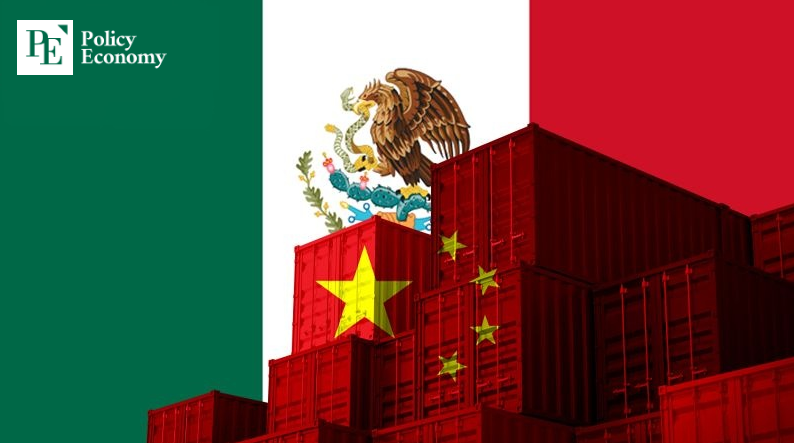
$120 Billion Trade Deficit with China, Rising Dependence on Intermediates
Washington has long accused Beijing of exploiting Mexico as a backdoor for exports. Following the display of closer ties among North Korea, China, and Russia, and the Trump administration’s escalation of pressure on China—including visa restrictions—Mexico’s move is seen as an attempt to keep in step with Washington. Mexico, together with the U.S. and Canada, is a signatory to the USMCA, which has shielded it from reciprocal tariffs, though the pact is up for review next year.
Mexico’s soaring trade deficit with China also influenced the tariff decision. According to national statistics agency INEGI, Mexico’s trade deficit with China reached a record $119.86 billion last year, more than doubling in a decade. The deficit has ballooned as the prices of Mexican exports to China have fallen steadily.
By contrast, imports from China surged to $129.79 billion last year. Much of this consists of intermediate goods critical for Mexico’s export-oriented industries, notably copper—essential for the automotive sector. China’s competitive edge in parts, coupled with the limited integration of Mexico’s domestic production in sectors like televisions and machinery, has deepened reliance on Chinese imports.
However, President Trump’s determination to disentangle U.S.-China trade is forcing Mexico to recalibrate its economic ties with its northern neighbor. According to the U.S. Department of Commerce, since Trump’s second term began, China’s trade with the U.S. has plunged to one-third of previous levels, marking the lowest in 23 years. As of May this year, China accounted for just 5.89% of total U.S. trade—the lowest monthly share since 2002, and down by more than half from 17.77% in early 2017. Against this backdrop, Mexico sees tariff hikes as a necessary step to reduce its dependence on China. With its China trade deficit nearing $120 billion, the imbalance underscores Mexico’s structural vulnerability to Chinese economic influence.
U.S.-Mexico Frictions: A Closing Window for China
Mexico’s decision is not merely a policy shift but a strategic move to cut off the structural dynamic in which U.S.-Mexico frictions have inadvertently benefited China. Joshua Meltzer, senior fellow at the Brookings Institution, warned at a March event on North American trade that “there is no question that 25% tariffs imposed on Canada and Mexico will dampen growth,” arguing that such measures would drive up prices, reduce jobs, and lower wages.
He pointed out that in managing these economic shocks, the country best positioned to gain is China, stating, “In a U.S.-Canada-Mexico trade war, the ultimate winner would be China.” Meltzer added that “such tariffs weaken efforts to relocate supply chains from China to North America” and that Washington’s inclination to slap tariffs on its closest trade partners signals to allies worldwide that they must reduce their exposure to U.S. trade. This also implies “a greater openness to expanding trade and investment ties with China and others.”
Experts believe Mexico’s tariffs on China simultaneously serve U.S. interests by closing a backdoor route for Chinese exports, while helping Mexico reduce dependency on Beijing and deepen political and economic alignment with Washington. One trade expert noted, “As President Trump imposes steep tariffs and reshapes global trade dynamics, the broader picture is that he leverages China’s responses to exert control over other nations. Countries like South Korea, Japan, and Mexico are essentially pawns in this grand game.”




